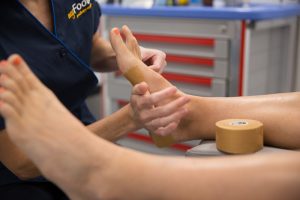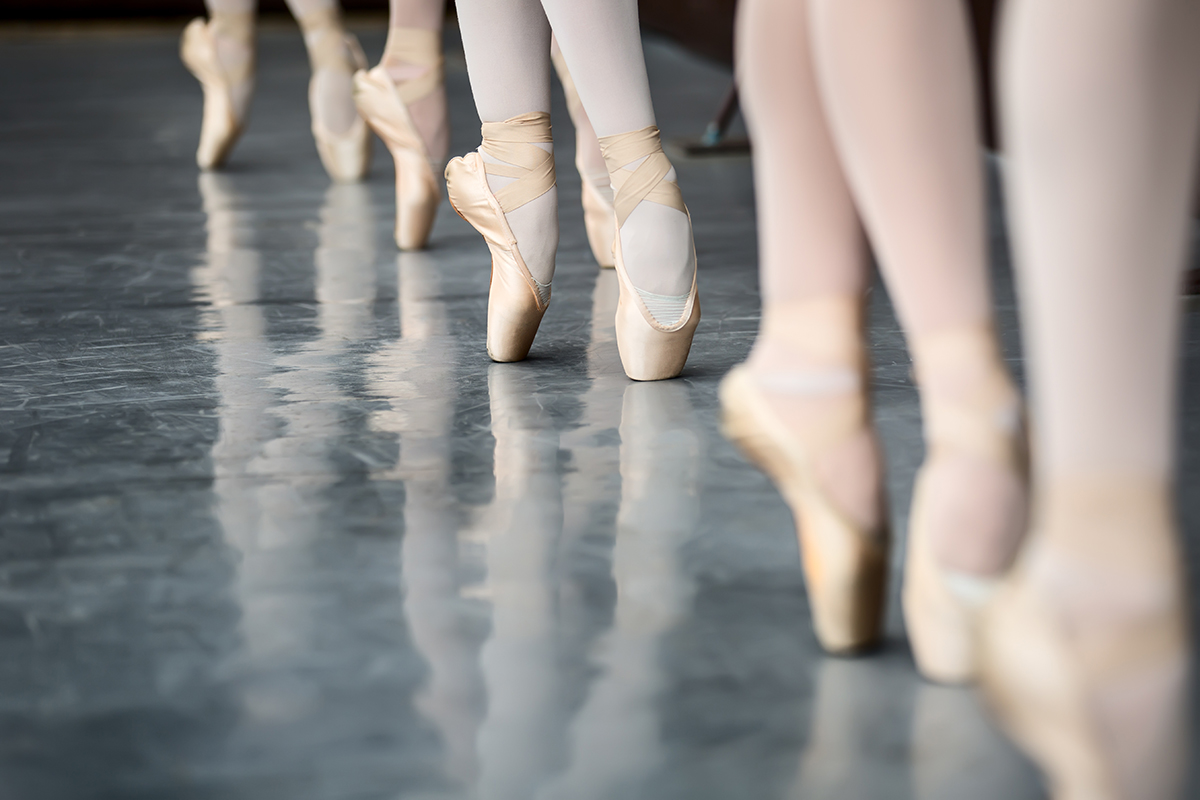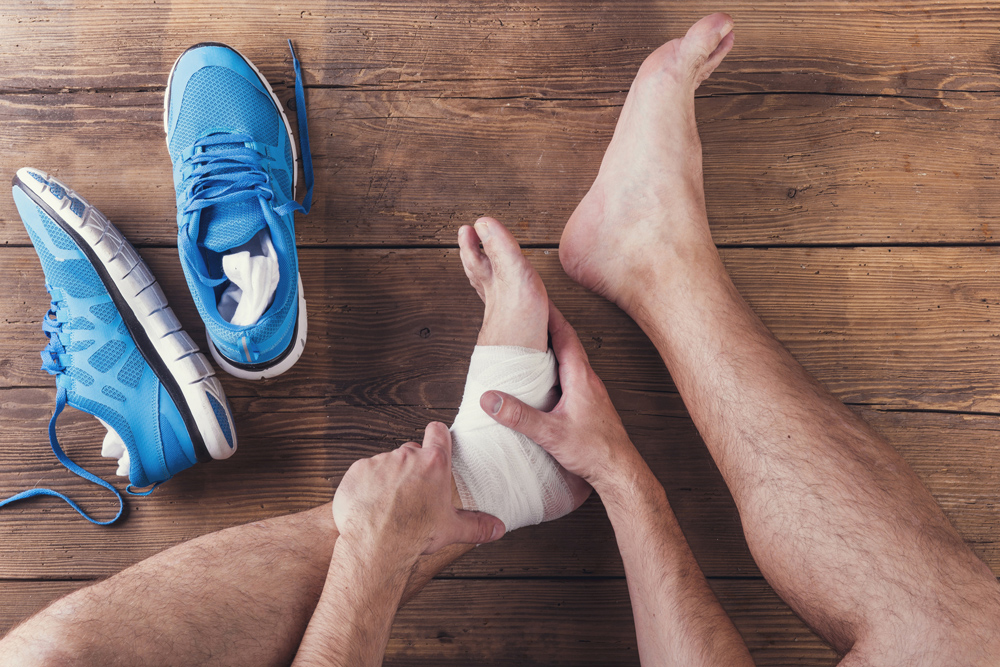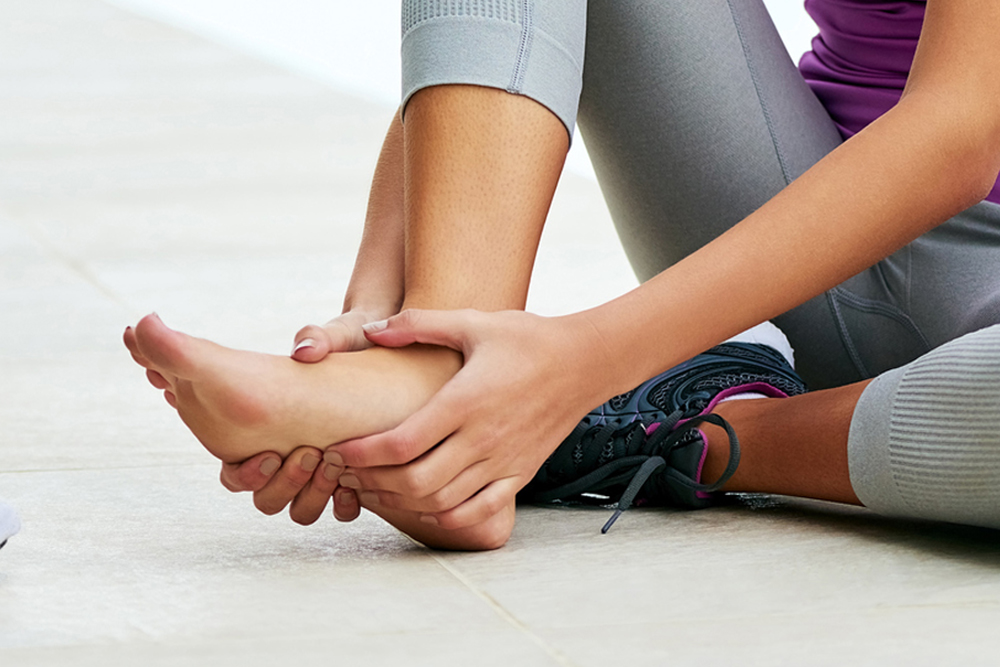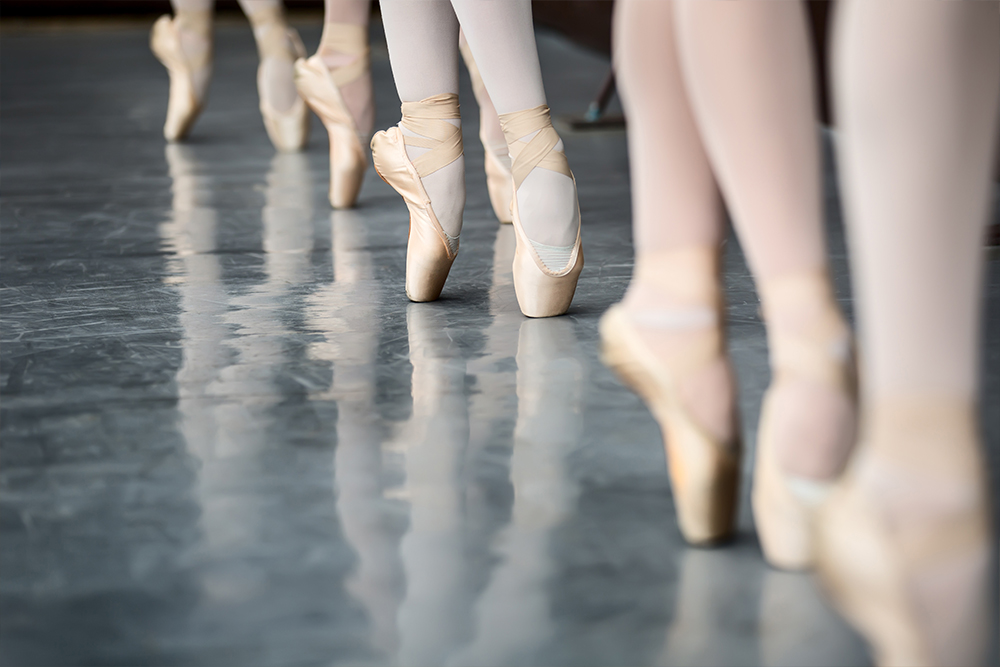
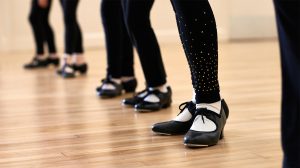
Don’t let your feet stop you from dancing!
The performance of dance is a highly athletic pursuit that involves movement demands from the whole body. In every dance style, healthy, strong feet are vital to moving you around the dance floor in a smooth and comfortable way, free of pain and without putting you at a high risk of injury.
As the feet embrace the twist, turns and full body weight of a dancer (sometimes many times over), substantial strain and pressure are placed on the feet for prolonged periods. The commitment of energy, time and passion towards dance requires an equal commitment to your foot health.
Foot Problems For Dancers
Dancers can experience a wide range of foot, toe, ankle, leg and knee problems that we see and treat here at My FootDr. Some common problems include:
Bunions: Bunions are characterised by a bony lump seen at the ball of the foot around the big toe. The lump can grow to be painful, building up and becoming stiff over time. Dance can increase the likelihood of bunions and their rate of progression (as a result of regularly wearing tight-fitting shoes). It can also impact the flexibility of the feet due to alignment changes
Skin irritation: Skin irritations such as corns, callus and blisters are common in dancers from rubbing and pressure of tight dance shoes, as well as the time spent on the toes, balls of the feet and the heels. Where excessive rubbing occurs, skin irritations can become sore, swollen and in some cases infected when left untreated
Sesamoiditis: Sesamoiditis causes pain in the ball of the foot beneath the big toe joint. The pain gradually progresses from mild to intense throbbing, making it difficult for dancers to place pressure on the ball of the foot. Dancers suffer from sesamoiditis because of the repetitive, excessive loading on the balls of the foot when landing and moving that irritates the two sesamoid bones and their surrounding tendons
Toenail issues: Toenails can become ingrown, bruised and susceptible to fungal infections if not cared for correctly. Repeated pressure to the toenails from incorrect fitting shoes or poor foot alignment damages the nail bed and nail shape. Repeated use of tight, sweaty dance shoes creates an opportunity for fungal infections to thrive
Plantar fasciitis heel pain: Plantar fasciitis can cause severe pain beneath the heel bone, particularly in the first few steps in the morning and when standing after rest. In dancer’s, pain in the heel can be caused by poor footwear, changes in activity levels, or an increase in repetitive movements such as jumping
Supporting Dancing Feet
Every treatment plan created by your My FootDr podiatrist is done so following a comprehensive biomechanical assessment and is completely tailored to the needs of your feet and the type of dance you do. To help best support your feet as a dancer, you may need:
Custom-made foot orthotics: Orthotics support your feet and legs whenever you’re on them to improve your performance. While orthotics are not suitable for all types of dance shoes, dancers can benefit greatly from wearing orthotics in everyday shoes to improve posture, foot alignment and day-to-day muscle fatigue.
Toe and nail care: Dancers should keep their toenails well-trimmed and avoid sharing shoes, socks and nail cutters between dance friends to reduce the risk of spreading fungal infections. If you suffer from ingrown toenails, your podiatrist can perform minor surgery to completely remove the ingrown nail. Fungal nail laser treatment is the most successful option to remove fungal nail infections and prevent infection recurrence.
Dance shoes: Most problems associated with dance injuries are caused or greatly contributed to by poorly fitting dance shoes. Ensuring your shoes are sized correctly for both your foot length, width and type will help reduce pressure and skin irritations. Your dance shoes should be used exclusively for dance and not outside the dance studio. Outside of dance, your podiatrist can recommend the best and most supportive shoes for your feet to help promote your foot health
Recovery: Rest and recovery after suffering a foot-related dance injury is essential for healing. Your podiatrist can develop a treatment and recovery plan specifically suited for your dance activity and injury. Slowly and carefully returning to dance after time off and completing the right rehabilitation exercises is essential in preventing injury recurrence.
My FootDr’s top tips to help dancers stay on their feet
-
Seek a diagnosis from a podiatrist if in pain
-
Take steps to minimise pain and rest if injured
-
Choose the right footwear for your feet
-
Wear custom foot orthotics if prescribed by your Podiatrist
-
Commit to an annual check-up



